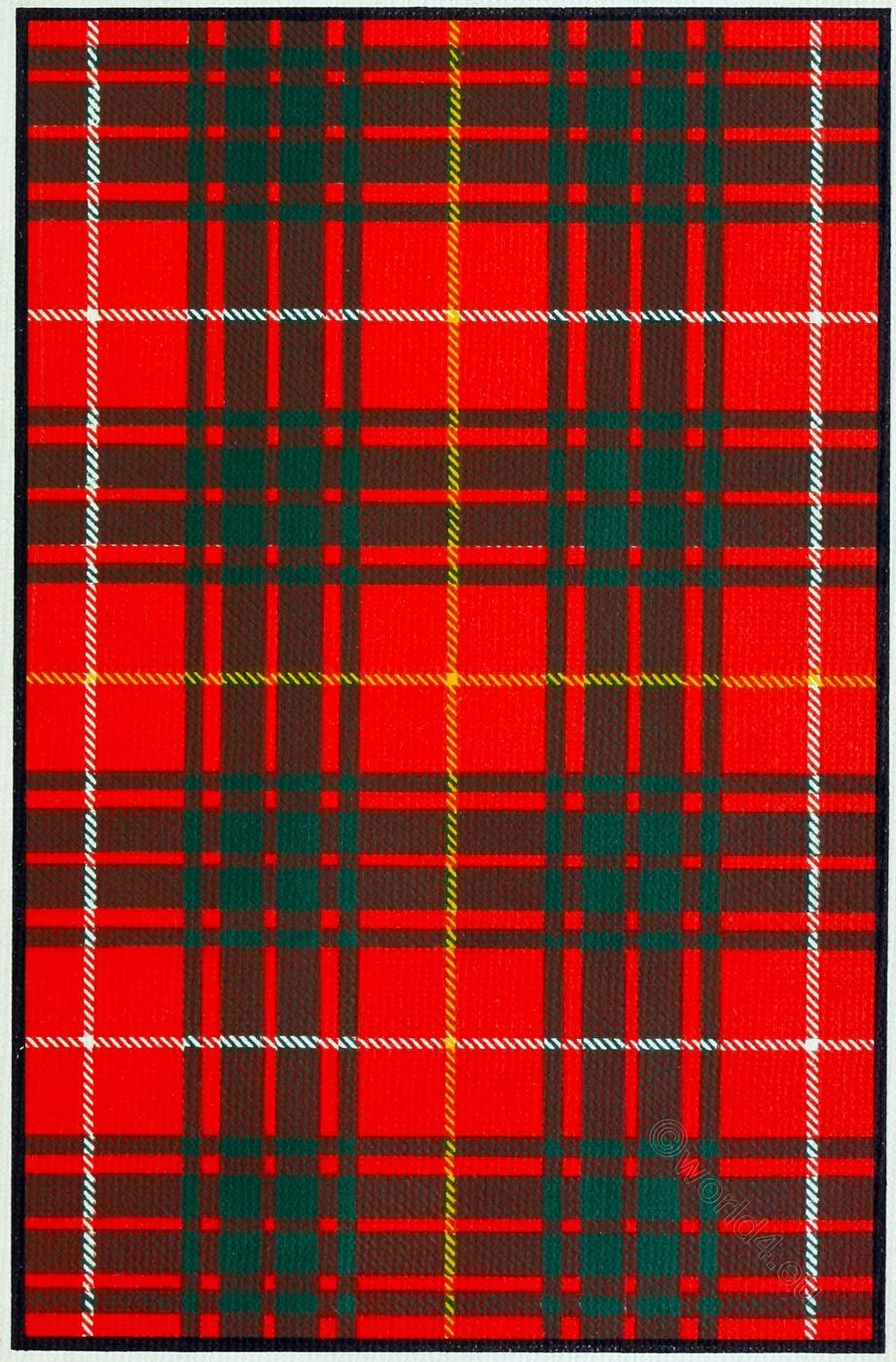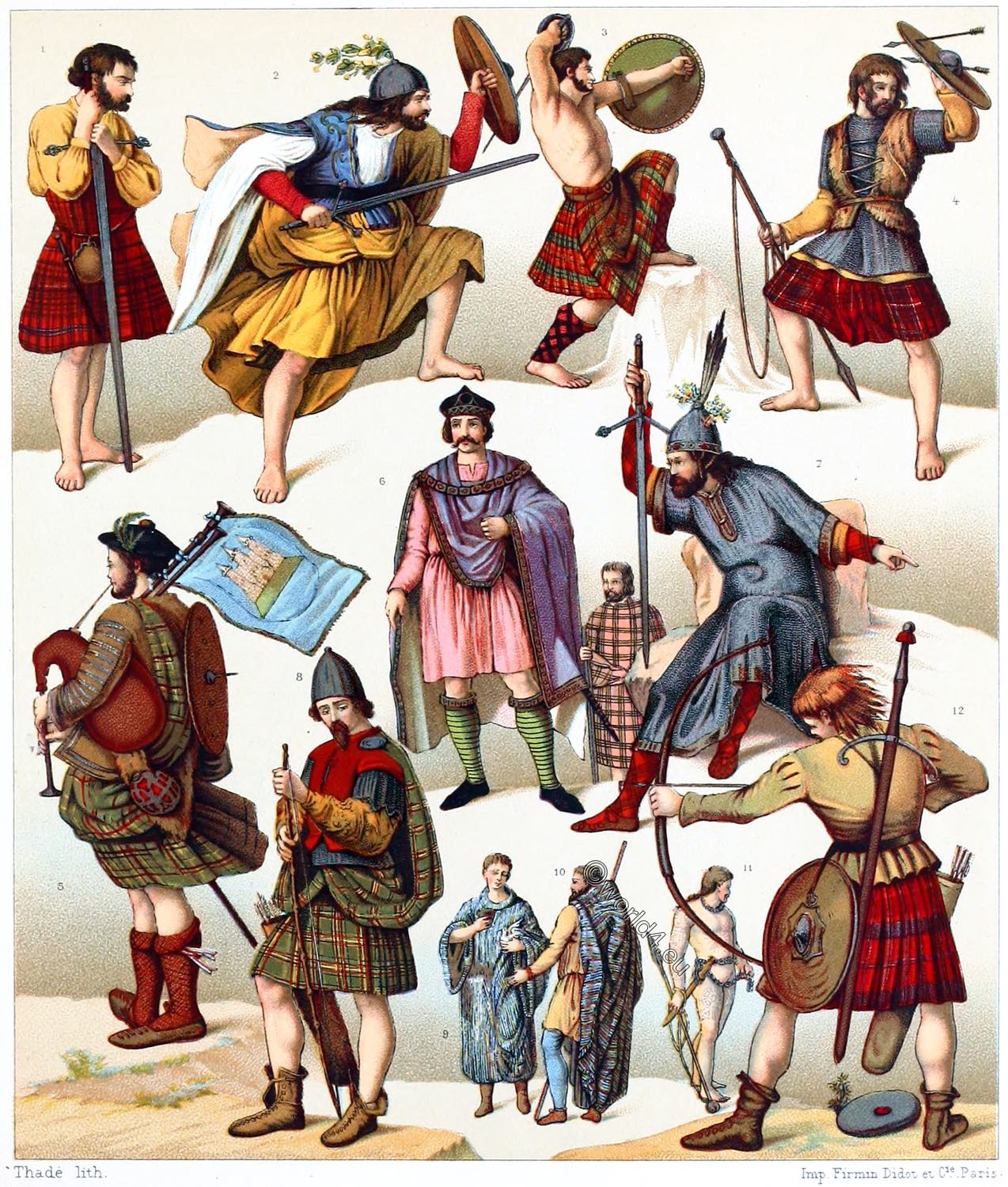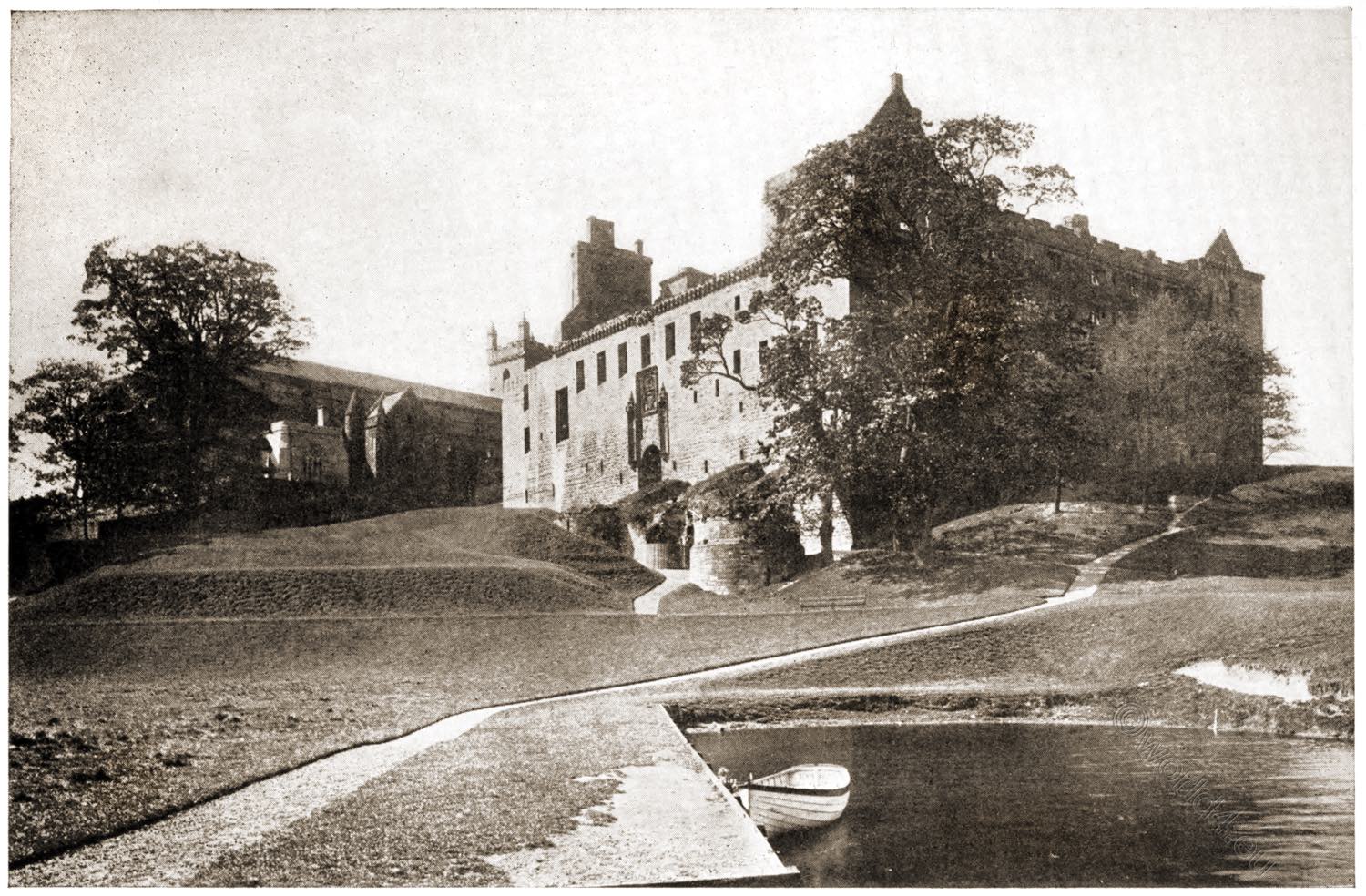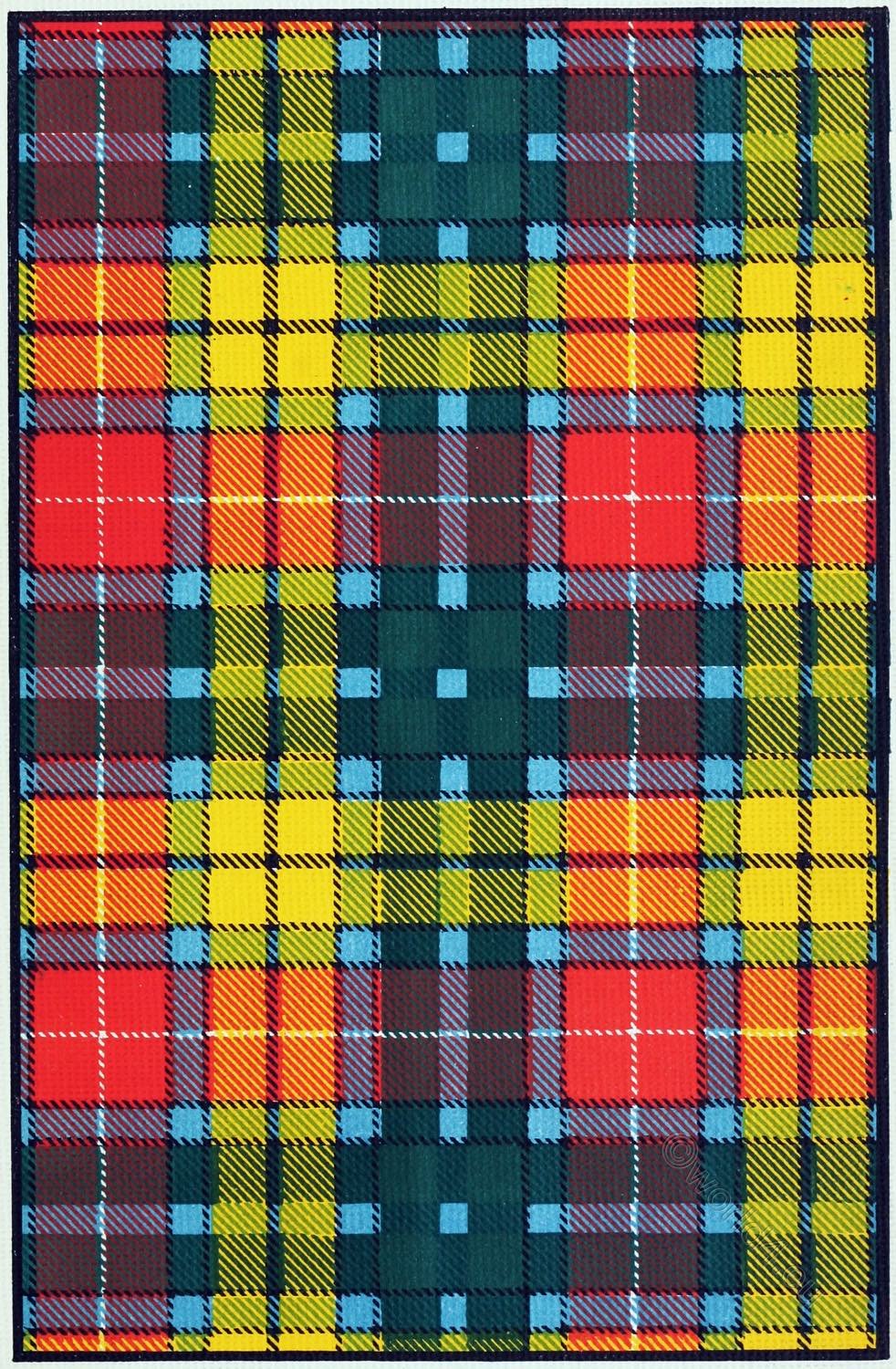DAVIDSON.
Origin of name; Gaelic Daibhidh, meaning David.

THE evidence of the early date of this design rests entirely upon specimens in collections of old hard tartans. Diligent research reveals no portrait in Highland costume of a member of the clan, whose leading representatives, moreover, are without any account of the origin either of this pattern or of another bearing the same name and differing from it mainly in the omission of the white stripe.
From the collation of many authorities and the inspection of many samples, however, the conclusion has been reached that of the two the design here represented is the earlier. It is preserved in a collection of examples of tartans made by the Highland Society of London in 1822; in that of Messrs Ogilvie & Co., Edinburgh, dealers in tartan about the same period; in that of The Mackintosh at Moy Hall, and in many others.
Source: Old and rare Scottish tartans, with historical introduction and descriptive notices by Donald William Stewart. Edinburgh, G. P. Johnson 1893.

THE CLAN DAVIDSON (CLANN DHAIBHIDH).
Clan Pipe Music: – Salute – “Failte Thighearna Thulaich” (“Tulloch’s Salute”).
Badge: Bocsa, or Craobh aighban (Boxwood); or Lus nan craimsheag, braoileag (Red Whortleberry).
THERE seems to be no traditional knowledge of the individual from whom the patronymic of this clan is derived. He bore a scriptural name, and “the offspring of David” became numerous and powerful in Badenoch, where their possessions lay. They distinguished themselves throughout the 14th century by the protracted and sanguinary feuds which they maintained with such bravery and determination that they were almost exterminated before they could be effectually suppressed.
The Clan Chattan was engaged in a war respecting the lands of Glenlnie and Loch Arkaig with the Camerons, who came down to Badenoch, about 1206, in great force. They were met at Invernahaven, by the Macintoshes, MacPhersons, and MacDhais, who drew up in battle array to oppose the further progress of the enemy.
A dispute now arose between the MacPhersons and the Davidsons as to which clan should lead the right wing. Macintosh, who had the chief command, was appealed to and awarded the point of honour to the Davidsons. Cluny, the disappointed chief, immediately withdrew his men, and the Clan Chattan thus weakened was defeated. It is said that Macintosh sent a bard to the camp of the MacPhersons, who recited a poem in which it was insinuated that they left the field from cowardice, not from a sense of honour. The MacPhersons immediately attacked the Camerons, who were defeated with great slaughter. The Camerons being thus reduced, the MacDhais and MacPhersons commenced hostilities on their own account.
The former had lost their chief, Lachlan, and seven (or nine) sons at this battle of Invernahaven, and felt indignant that the award of precedency should be disregarded; both parties were so implacable that the Earls of Crawford and Dunbar were sent by royal commission to quell it. As it was impossible to reconcile them, it was arranged that thirty men on each side should be selected, armed with swords only, to decide their claims.
His Majesty Robert III. in person being umpire. This led to the battle of the North Inch of Perth, fought in 1316, so vividly described by Sir Walter Scott in the “Fair Maid of Perth.” One of the MacPhersons was absent, but his place was filled by a volunteer, Henry, the blacksmith of the wynd.
The result was that twenty-nine Davidsons were killed, the survivor saving himself by swimming across the Tay. Harry, with ten desperately wounded MacPhersons, remained masters of the field. Since this epoch in the history of the clan, it has been almost lost sight of. The beautiful estate of Tulloch in Ross-shire, is the residence of the chief, who is hereditary keeper of the Royal Castle of Dingwall.
Source:
- The Scottish clans and their tartans: with notes. Library Edition. Edinburgh and London: W. & A.K. Johnston, 1826.
Related
Discover more from World4 Costume Culture History
Subscribe to get the latest posts sent to your email.






